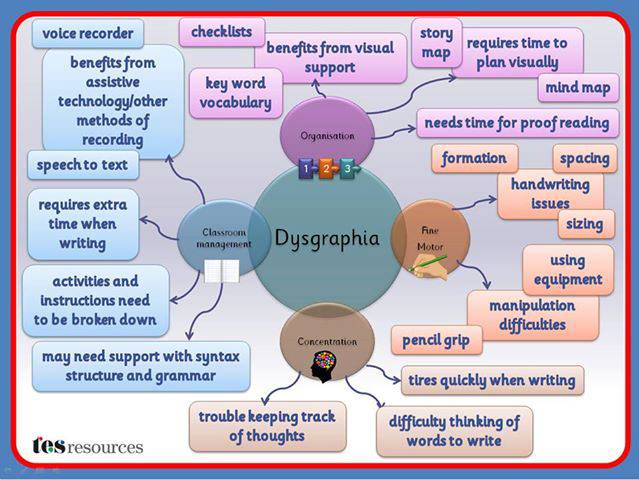Tag Archives: dysgraphic
Common Signs of Dysgraphia: Children Grade 3 – 8
From NCLD.org
|
Useful Apps for Students with Dysgraphia
Dysgraphia is a learning disability that affects writing abilities. It can manifest itself as difficulties with spelling, poor handwriting and trouble putting thoughts on paper.
With Dragon Dictation 2.0, you can dictate text or email your friends, send notes and reminders to yourself … all using your voice.
Click here for more information
iTalk Recorder Premium is a smart, simple audio-recording device with options to select recording quality and to name the recording.
Click here for more information
iBook Creator:
Develop your own books with this amazing app! Add videos, images and text. The speech tool provided by the iPad also works with this app adding to its versatility.
iEarned that:
This is a productivity app used to motivate students by keeping track of their merits.
Idea Sketch:
Good for brainstorming new ideas, illustrating concepts making lists and outlines, planning presentation, creating organizational charts. Lets you easily draw a diagram, mind map, concept map or flow chart and convert it to a text outline.
Tools 4 Students:
25 top quality graphic organizers. Choose the best template and fill in your information right on your mobile device.
From http://wandaleannne.blogspot.com









